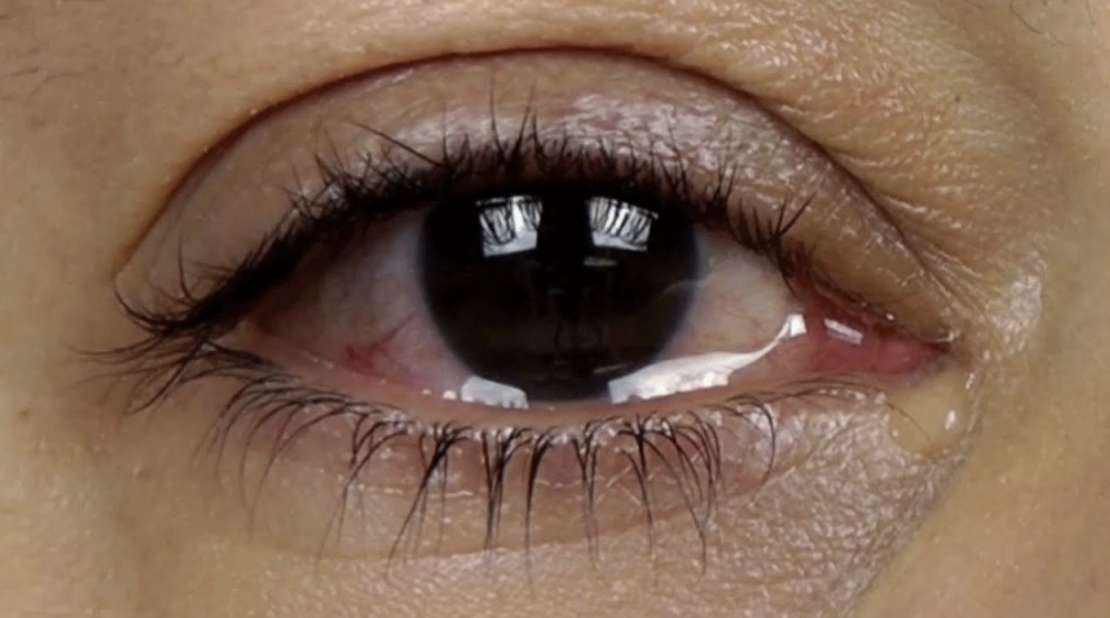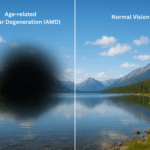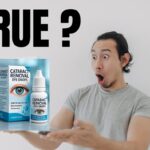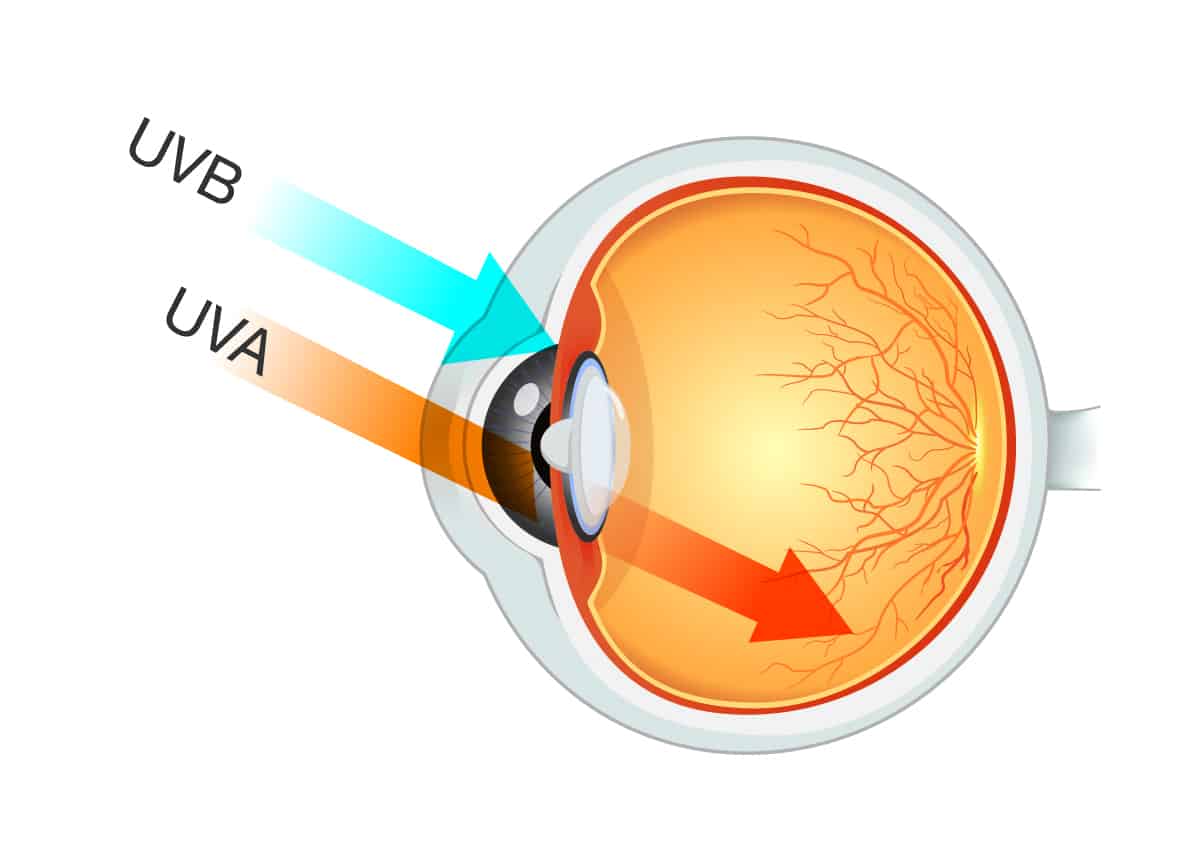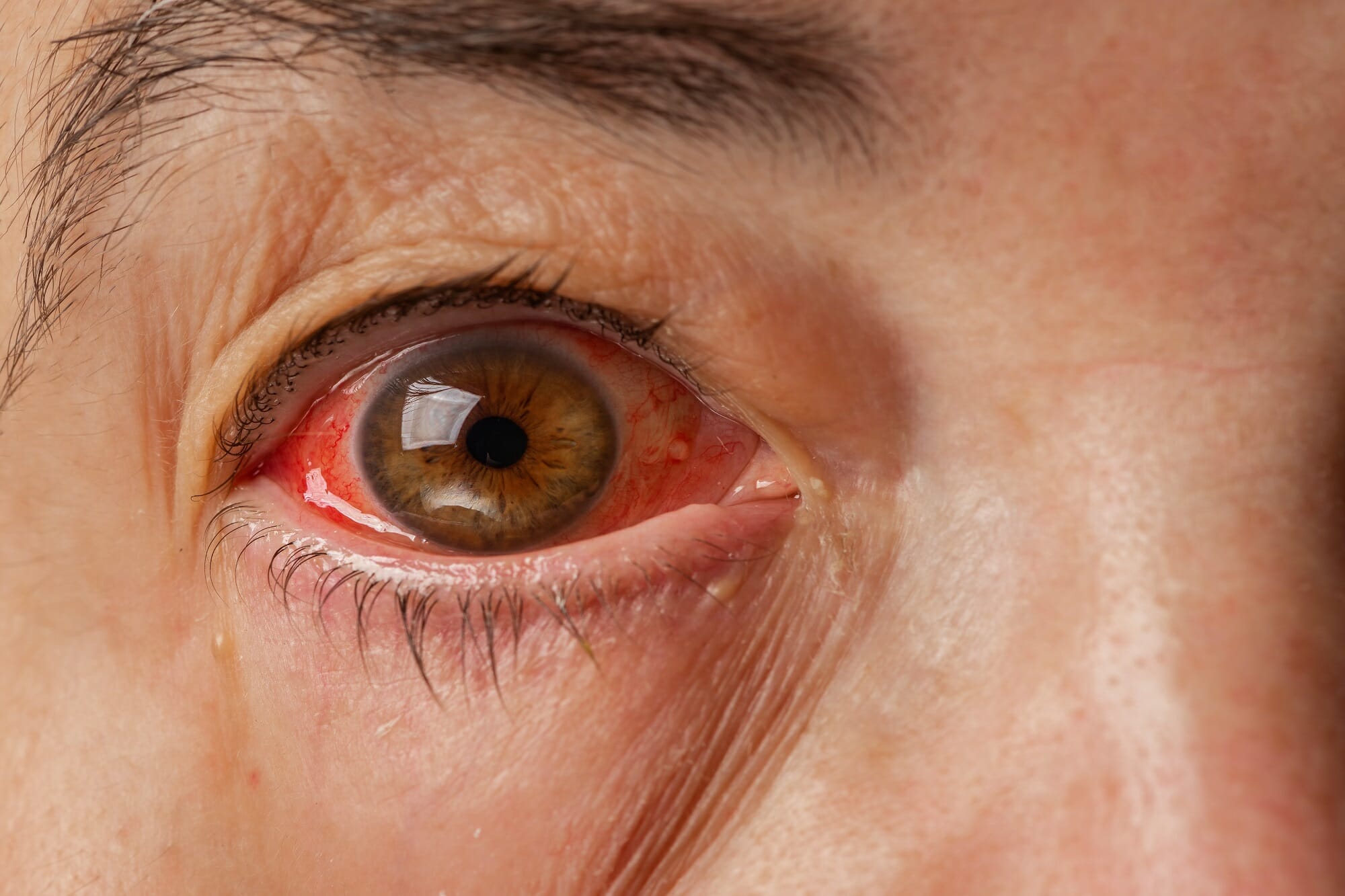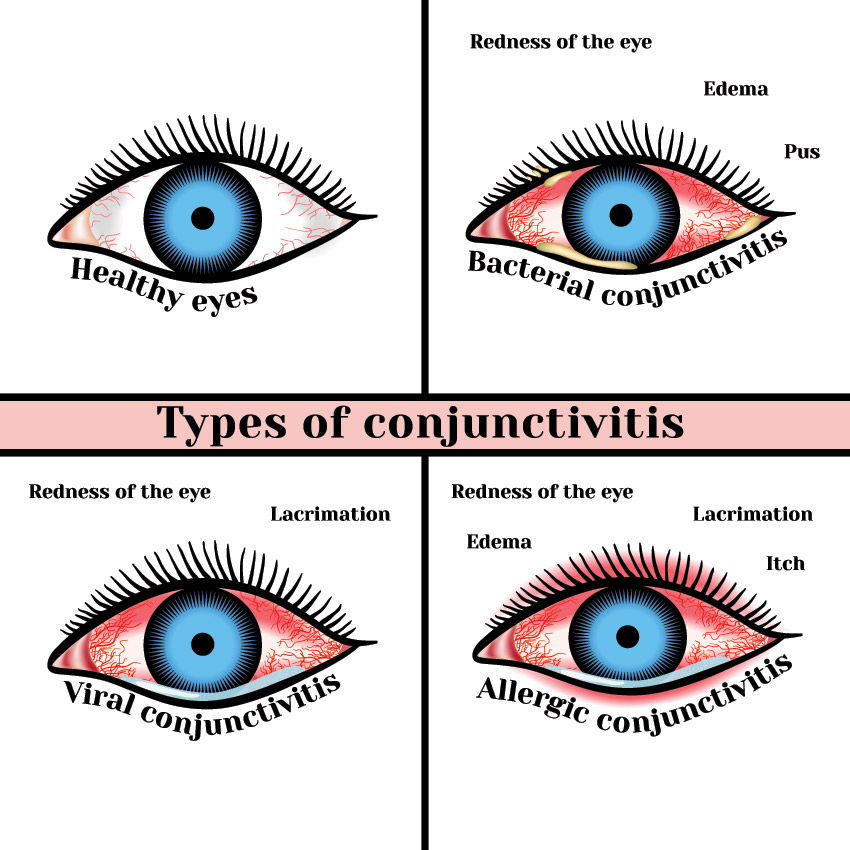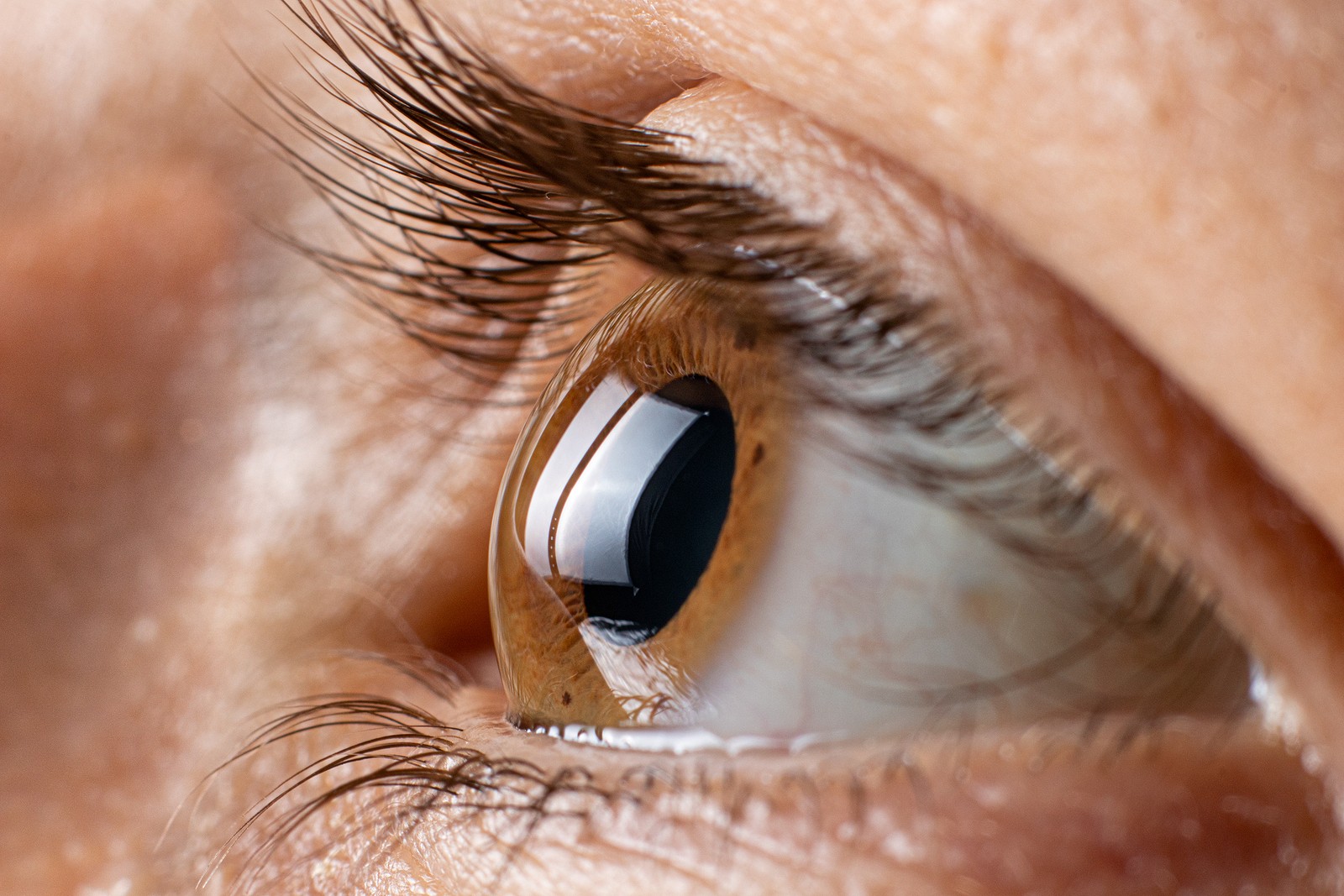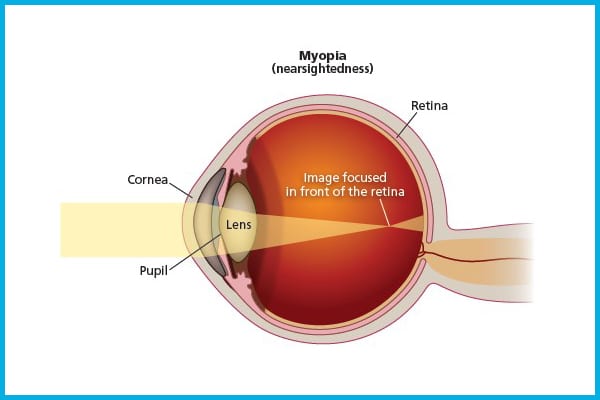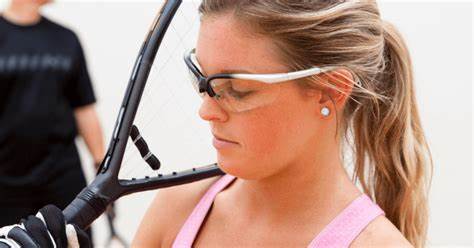Watery eyes or tearing is a condition when a person produces an excess of tears and there is an overflow of tears onto the face. Tears are produced from the tear gland known as lacrimal gland and they serve few important roles to the body. They help to wash away foreign particles and dust and also act as a component of the immune system that protects us from infection. Tears also help to moisture and lubricate our eyes. An overflow of tears or too much of it on the surface of the eye can make it difficult to see.
Tears drain from the eye through the tear ducts into the nose. A blocked tear duct or a narrow duct is the most common cause of watery eyes in adults. If the tear ducts are narrowed or blocked due to inflammation or infection, the tears will not be able to drain away and thus cause excessive tearing. Some other eye conditions can also cause watery eyes. Bumps on the eyelids like stye or chalazion which are caused by infection or inflammation along your eyelids can also prompt watery eyes. When eyelashes grow inwards toward your eyes, it rubs against the cornea and causes irritation. This condition known as ingrown eyelashes or trichiasis can cause watery eyes as well.
It is also common to temporarily produce excess tears when you are in a dry environment. When you stay long in a dry environment, it prompts your tear glands to produce and release more tears which is known as reflex tearing. Exposure to pollen, pet dander, mites and fumes can cause your eyes to turn red, itchy and watery which are known as allergies. Another cause of dryness is prolonged or over wear contact lenses which can increase tear evaporation. This will evoke your tear glands into overproduction of tears and result in watery eyes. Staring at your computer screen for a long time will also result in watery eyes. When focusing too much on a computer screen, it tends to reduce our blinking rate and lead to dryness. To avoid this, we can practice the 20-20-20 rule which means that for every 20 minutes, focus on an object 20 feet away for 20 seconds. This simple action can give your eye some rest.
Watery eye treatment depends on how severe the problem is and its cause. For blocked tear ducts, surgery can create a new channel from the tear sac to the inside of the nose which allows tears to bypass the blocked part of the duct. A visit to an Ophthalmologist can help in resolving a long-standing watery eye problem.
Dr Tai Lai Yong
Consultant Ophthalmologist
Oculoplastic, Orbital & Lacrimal Surgeon

